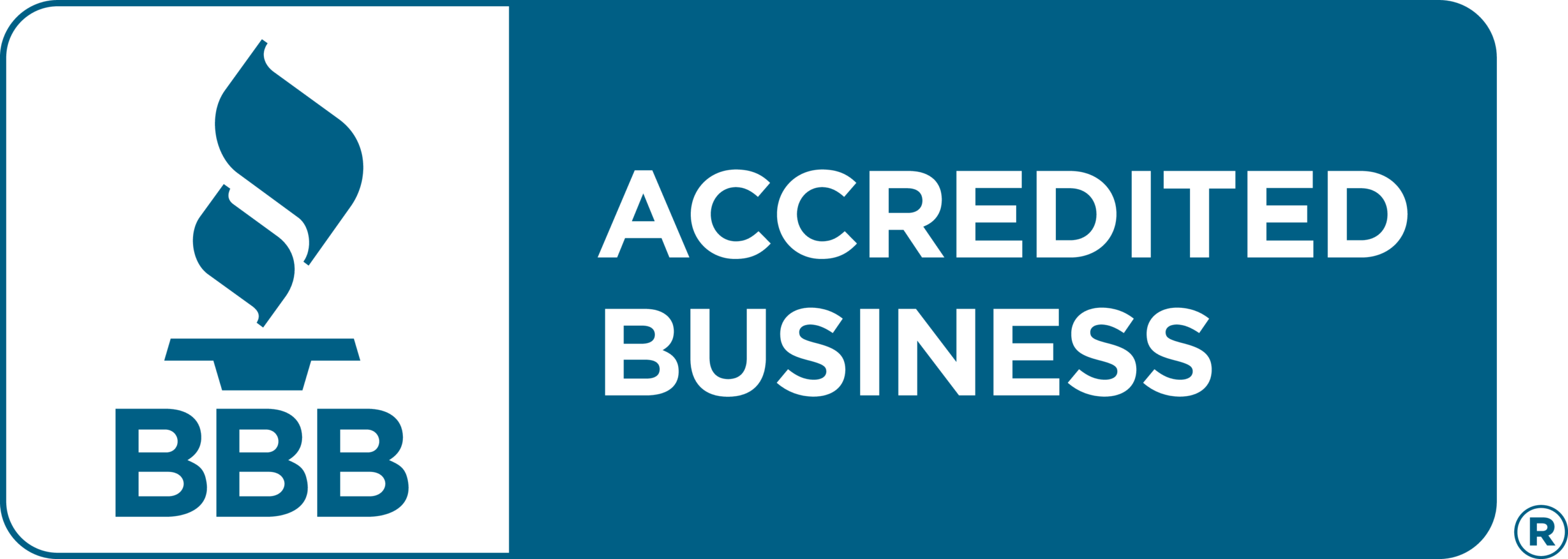Are you thinking about switching mortgage lenders? Many homeowners consider switching for potentially lower interest rates, better terms, or improved service. While switching can help you save money, it’s important to understand the process, costs, and potential drawbacks before deciding.
This guide explains how switching mortgage lenders works, its benefits and drawbacks, and when it makes sense to switch—so you can make an informed choice.
What is a Mortgage Lender?
A mortgage lender is a financial institution or bank providing home loans. They can lend money to borrowers looking to buy real estate. The process involves the lender providing the necessary capital to purchase the property, which the borrower agrees to repay over a specified period, usually with interest. The interest rate can vary depending on the lender, the borrower’s creditworthiness, and market conditions. Mortgage lenders enable homeownership for those who may have a partial purchase price of a home readily available, allowing them to buy a home through monthly payments.
There is a diverse range of mortgage lenders, including banks, credit unions, online lenders, and other financial entities. Each type of lender offers different advantages, terms, and services to cater to a wide range of borrowers with varying financial backgrounds and needs. For example, banks and credit unions may offer in-person consultations and lower rates for existing customers. At the same time, online lenders could provide more flexible loan terms and faster approval processes. Borrowers typically choose a mortgage lender based on factors such as interest rates, loan terms, fees, and customer service.

What Does It Mean to Switch Mortgage Lenders?
Switching mortgage lenders means moving your mortgage from one lender to another, usually at the end of your mortgage term. Unlike renewing (which stays with the same lender). Switching is about transferring the loan to another lender.
Homeowners switch lenders to take advantage of better interest rates, flexible repayment terms, or improved customer service. However, it’s important to weigh the costs and benefits before making a move.
What Are Some Reasons to Switch Mortgage Lenders?
Switching mortgage lenders can be a strategic move for homeowners seeking to optimize their financial situation. There are several compelling reasons why a homeowner might consider making such a switch:
Lower Interest Rates: One of the most common reasons for switching lenders is the opportunity to secure a lower interest rate. Even a slight reduction in the interest rate can result in substantial savings over the life of the mortgage, lowering monthly payments and reducing the total amount of interest paid.
Better Mortgage Terms: Homeowners might seek more favourable mortgage terms than their current loan. This could include a different interest rate (e.g., switching from a variable to a fixed rate), the ability to make extra payments without penalty, or a shorter loan term to pay off the mortgage faster.
Poor Service from the Current Lender: Experience with poor customer service, including difficulty communicating with the lender, unexplained fees, or inadequate account management, can motivate a homeowner to switch to a lender that offers better service.
Debt Consolidation: Some borrowers may switch lenders to consolidate various debts into a single loan. This can simplify their finances by having only one payment to manage, potentially reducing the overall interest rate across their debts.
Cash-out Refinance: Homeowners with significant home equity might switch lenders to take advantage of a cash-out refinance. This allows them to borrow more than they owe on their current mortgage and use the extra cash for home improvements, debt consolidation, or other financial needs.
End of Fixed-Rate Period: For those with an adjustable-rate mortgage (ARM), the end of the initial fixed-rate period can prompt a switch. Borrowers might seek a new mortgage with a fixed rate to avoid potential increases in interest rates and monthly payments.
Before switching mortgage lenders, homeowners should take a close look at the costs involved—things like prepayment penalties, application fees, legal fees, and appraisal costs. It’s important to weigh these expenses against the potential savings. Talking to a financial advisor is strongly recommended to determine whether switching makes sense based on your personal financial situation and long-term goals.
What is the Drawback of Switching Mortage Lenders?
Switching mortgage lenders, while beneficial in many circumstances, does come with several potential drawbacks that homeowners should consider carefully, including but not limited to:
Closing Costs and Fees: Switching lenders can incur a range of fees, including application fees, origination fees, appraisal fees, and legal fees. Depending on the lender and the specifics of the new mortgage, these costs can add up, sometimes amounting to thousands of dollars. It’s crucial to calculate whether the long-term savings outweigh these initial expenses.
Prepayment Penalties: Some mortgages include prepayment penalties if the loan is paid off before a certain period. This penalty can apply when switching lenders, making the switch more costly and potentially offsetting any savings from lower interest rates or better terms.
Qualification Challenges: Applying for a mortgage with a new lender means undergoing a fresh qualification process, which includes a hard credit inquiry that can temporarily impact your credit score. If your financial situation has changed since your original mortgage application—like a decrease in income, a less stable job situation, or increased debt levels—you might find it more challenging to qualify for favourable loan terms.
Interest Rate Risks: If switching from a fixed-rate mortgage to an adjustable-rate mortgage (ARM) to take advantage of lower initial rates, you also accept the risk that interest rates may increase. This could lead to higher monthly payments and more interest paid over the life of the loan, especially if rates rise significantly.
Time and Effort: Switching lenders can be time-consuming and require a significant amount of paperwork and coordination. You’ll need to gather financial documents, coordinate appraisals, and possibly deal with legal consultations. This investment of time and effort is a non-financial cost that should be considered.
Potential Impact on Relationship with Current Lender: If you have other financial products or services with your current lender, switching your mortgage away could impact these relationships. Some financial institutions offer benefits to customers with multiple accounts or services, which could be forfeited upon switching.

How to Shop Around Before Mortgage Renewal
Shopping around before your mortgage renewal is a strategic step to ensure you get the best possible deal on your mortgage terms and interest rate. This process involves comparing multiple-lender offers to find the most favourable conditions that align with your financial goals. Here’s a structured approach to effectively shop around before your mortgage renewal:
Start Early: Begin the process several months before your current mortgage term ends. Lenders typically send renewal offers about 90 days before the end of a mortgage term, but you can start researching and comparing other options well in advance. This early start provides ample time to assess your options without feeling rushed to decide.
Assess Your Financial Goals and Needs: Evaluate what you want from your mortgage renewal. Consider whether you’re looking for a lower interest rate, different payment options, a different mortgage term, or specific features like pre-payment privileges or switching to a fixed or variable rate. Your current and future financial goals will guide your shopping process.
Check Your Current Lender’s Offer: Review the renewal offer from your current lender carefully. It will detail the new interest rate, term, and any changes in conditions. Use this offer as a benchmark to compare with proposals from other lenders.
Improve Your Credit Score: Your credit score is crucial in determining the interest rates for which you qualify. Before shopping, improve your credit score by paying down debts and ensuring your credit report is accurate.
Get Multiple Quotes: Contact various lenders and mortgage brokers to get quotes. This should include traditional banks, credit unions, and online lenders. Each can offer different advantages, and comparing various options will ensure you find the best deal.
Understand the Terms and Rates: Examine the terms of each offer, such as the length of the term, flexibility in payment options, penalties for breaking the mortgage early, and any fees associated with transferring the mortgage. Sometimes, a slightly higher interest rate might offer benefits that better align with your needs.
Negotiate: Don’t hesitate to negotiate with lenders. Use the offers you’ve received as leverage to see if your current lender or others are willing to offer better terms. Remember, lenders are competing for your business, and you might be surprised by their willingness to offer more favourable terms to retain or acquire your business.
Read the Fine Print: Before making a decision, carefully read the fine print of the mortgage agreement. Understand all the fees and responsibilities and what happens if you want to refinance or sell your home before the end of the term. It might be beneficial to consult with a mortgage advisor or lawyer to ensure you fully understand the agreement.
Decide and Act: Once you’ve compared all your options, decide based on what best meets your financial goals and needs. Ensure you start the application process with your chosen lender well before your current mortgage term expires to avoid being automatically renewed into a term that might not be ideal.
Follow Up: After you’ve initiated the process to accept a new offer, keep in touch with the lender to ensure all necessary documentation is completed and the transition is smooth. Confirm that everything is on track for the new terms to take effect before your current mortgage term expires.
The Process of Switching Mortgage Lenders
Switching mortgage lenders involves several steps to ensure homeowners can move from one lender to another while securing better terms or rates. Here’s a general overview of the process:
Research and Consideration: The first step is thoroughly researching potential new lenders to compare interest rates, terms, fees, and customer service records. This may involve speaking with mortgage brokers, consulting online reviews, and comparing offers through direct inquiries to various lenders or brokers.
Financial Assessment and Goal Setting: Homeowners should assess their current financial situation, including their credit score, income stability, and equity in the home. Defining goals for switching lenders—such as lower monthly payments, shorter loan terms, or cashing out equity—will help select the right lender and mortgage product.
Obtaining a Pre-Approval: Once a new lender is chosen, the next step is to apply for pre-approval. This involves submitting financial documents, such as tax returns, pay stubs, and bank statements so that the lender can assess the borrower’s financial situation and creditworthiness.
Appraisal: The new lender will typically require an appraisal of the property to determine its market value. This ensures the loan amount does not exceed the home’s value and helps determine the loan-to-value ratio, which can affect loan terms and interest rates.
Reviewing and Negotiating the Offer: The lender will extend an offer after reviewing the homeowner’s financials and appraisal. This offer should detail the loan amount, interest rate, term, and any fees or costs associated with the loan.
Legal and Documentation Requirements: Switching lenders require various legal documents to be signed. Homeowners must work with a lawyer to ensure all documentation is correctly processed, including the transfer of the mortgage deed, closing the old mortgage and finalizing the switch.
Finalizing the Switch: The switch is finalized once all documents are signed and the old mortgage is paid off. The homeowner will start making mortgage payments to the new lender according to the agreed-upon terms and schedule.
Costs associated with switching, such as application fees, legal fees, and potential penalties, should be considered. Homeowners may also benefit from consulting with a financial advisor to ensure that switching mortgage lenders aligns with their long-term financial goals.
Summary
Switching mortgage lenders can help homeowners save money, secure better terms, and get better service. However, it’s important to calculate all the costs and compare options before deciding to ensure the benefits outweigh the cons. As with any significant financial decision, consulting with financial and legal professionals is recommended to navigate the complexities of mortgage refinancing or switching.
Insight Law Professional Corporation is a real estate law firm located in Toronto. If you need more information on real estate transactions, contact us today and learn how a real estate lawyer can help you.
The information provided above is of a general nature and should not be considered legal advice. Every transaction or circumstance is unique, and obtaining specific legal advice is necessary to address your particular requirements. Therefore, if you have any legal questions, it is recommended that you consult with a lawyer.







